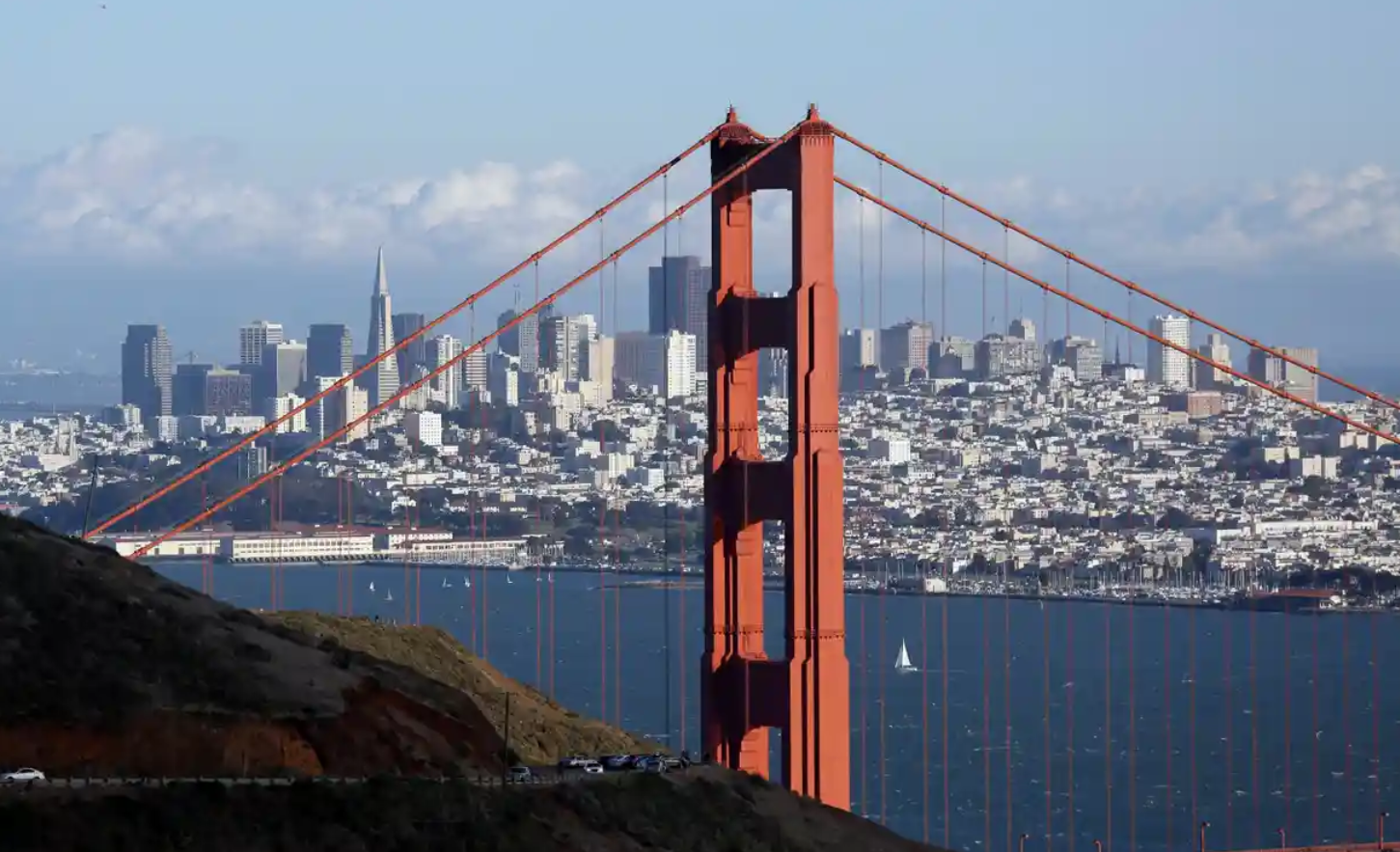The US navy is covering up dangerous levels of radioactive waste on a 40-acre former shipyard parcel in San Francisco’s waterside Hunters Point neighborhood, public health advocates charge.
The land is slated to be turned over to the city as early as next year, and could be used for residential redevelopment. The accusations stem from 2021 navy testing that found 23 samples from the property showed high levels of strontium-90, a radioactive isotope that replaces calcium in bones and causes cancer.
The Environmental Protection Agency raised alarm over the levels, but the navy in 2022 said its testing was inaccurate and produced a new set of data that showed levels of strontium-90 lower than zero, which was dismissed by environmental health experts as impossible.
The EPA initially said the new testing “reads as if the navy is suppressing data results it doesn’t like”, but the agency has since been silent on the issue, and the Navy’s Office of Inspector General has refused to investigate, said Jeff Ruch, an attorney with the Public Employees for Environmental Responsibility (Peer) nonprofit, which has called on the inspector general to investigate.
“It’s like the navy doesn’t care what they say, and we thought it was egregious enough that the IG should look at it,” Ruch said. “Without any external examination, senior navy officials can lie to local officials and the public with impunity, knowing that there will be no negative career consequences.”
The navy did not immediately respond to a request for comment, and in a letter to Peer, the inspector general wrote it would not open an investigation “due to the open ligation”.
The 866-acre shipyard once held a secret navy research lab where animals were injected with strontium-90, and some officials suspect the waste was flushed down the drain. The isotope was also used to create glow-in-the-dark paint on the site, and it may have washed off ships used in testing nuclear bombs in the Pacific.
The US government in 1989 made the shipyard a “superfund” site – a designation for the nation’s most contaminated lands. Proposition P, passed by more than 86% of San Francisco voters in 2000, requires the shipyard “be cleaned to a level which would enable the unrestricted use of the property – the highest standard for cleanup established by the [EPA]”.
However, the navy already turned over one parcel on the site, and residents living there say unremediated contamination is behind a cluster of cancer and other health problems.
Complicating the cleanup is rising sea and ground level waters, which threaten to pull the radioactive contamination into the adjacent bay.
The navy and US Department of Justice is now engaged in 12 lawsuits related to the site, and the DoJ, which is representing the navy, typically does not want inspector generals to do investigations because they could turn up information that complicates the government’s cases, Ruch said.
“That means you have dysfunctional transactions taking place without any sort of review,” he added.
Though the EPA initially raised alarm over the strontium-90 test results, it has been silent on the issue in recent months, and has not responded to a Peer Freedom of Information Act Request for emails related to the testing. In response, Peer has sued, asking a judge to order the emails to be turned over.
A 2022 memo sent to Peer from the EPA said the agency would rely on caps, or covering up the contaminated land with clean soil, and restrict property use, though that plan violates the provisions of Proposition P, Ruch said.
San Francisco mayor London Breed late last year praised the EPA and navy’s cleanup effort, calling it “extensive and thorough” despite the outstanding questions and fears over rising sea levels. That drew condemnation from public health advocates and the San Francisco board of supervisors, which opened an investigation into the issues.
For now, it remains unclear which set of test results will guide the next steps.
“Given that this land is in queue to be turned over to the city, getting to the bottom of this would be helpful, but that would involve institutional candor which appears to be in short supply,” Ruch said.
I hope you appreciated this article. Before you move on, I wondered if you would consider taking the step of supporting the Guardian’s journalism.
It’s that time again: all eyes are on the supreme court, as we await the final decisions of the session. One year after the court overturned Roe v Wade, its approval ratings are at record lows and its legitimacy in crisis.
That should come as no surprise: a far-right movement has helped seat justices who have redefined public life through precedent-shattering decisions that most Americans do not support. In addition to taking away the right to abortion from half the country, the supreme court has enabled a deluge of money into politics, the proliferation of guns in public spaces, the gutting of environmental protections and more.
As recent revelations have made clear, some supreme court justices do not follow basic ethical standards, and an absence of limits on their power means they can operate, in many ways, above the law.
That makes the job of journalists all the more important. At the Guardian, our reporting is produced to serve the public interest; we have no billionaire owner or shareholders to consider. And our unique, reader-supported model means that readers around the world can access the Guardian’s paywall-free journalism – whether they can afford to pay for news, or not.
US navy accused of cover-up over radioactive shipyard waste




